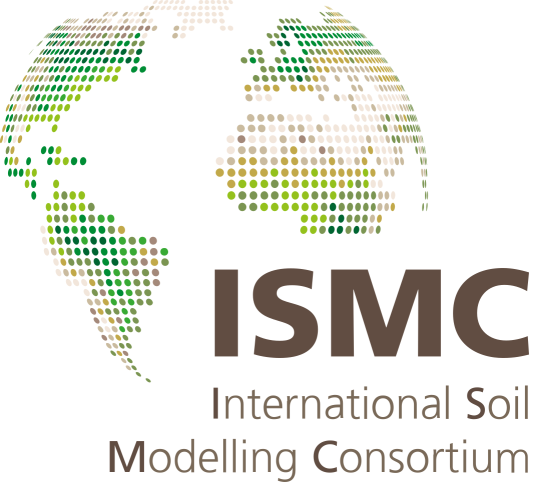Historical soil maps with a reference to redoximorphic features as basis for ecohydrological modelling.
- 1Dokuchaev Soil Science Institute, Moscow, Russia
- 2Faculty of Geography, Moscow State University, Moscow, Russia
Historical soil maps with a reference to profile redoximorphic features have obvious utility for ecohydrological modelling. That is particularly pertinent in areas with shallow water tables where catchments have both dry and moist parts, latter due to moisture source from either upper or low boundary. However, there is no convenient method for converting maps to hydrological model state variables. Here we propose that the steady state continuity equation in kinematic wave form can be parameterized using expert knowledge of the typical water table depth (WTD) for soils with different hydromorphy degrees based on redoximorphic features. To test the approach, six hillslope-based computational units (catenas) were obtained, for use in simulations, by automated of the Samovetc and Izberdey catchments in the Tambov region (Russia) using lumpR software. Five of the six catenas began at poorly drained flat upslope positions with soils with various degrees of saturation by shallow groundwater and one began at a well-drained upslope position. We guided parameterization of the kinematic wave model by critical range of the WTD known to correspond to each soil group on historical soil map of hydromorphy degree. Application of expert knowledge in this manner alone yielded a broad range of possible WTD values (e.g. 1.5-5 m for a semi-hydromorphic soil) for each soil entity, but linking a catena by the fundamental physical constraint of flow continuity enabled narrowing of the range to 0.2-1 m thereby reducing it by ca. 80%. We further tested the shallow water table approximation in the WASA-SED ecohydrological model based on catenary approach to simulate soil moisture profiles referring explicitly to soil groups of different hydromorphy degree and distinguish stagnic and gleyic regimes of waterlogging. The results show that the approach could substantially improve crop and water management precision.
How to cite: Yurova, A., Kozlov, D., Smirnova, M., and Fil, P.: Historical soil maps with a reference to redoximorphic features as basis for ecohydrological modelling., 3rd ISMC Conference ─ Advances in Modeling Soil Systems, online, 18–22 May 2021, ISMC2021-40, https://doi.org/10.5194/ismc2021-40, 2021.

